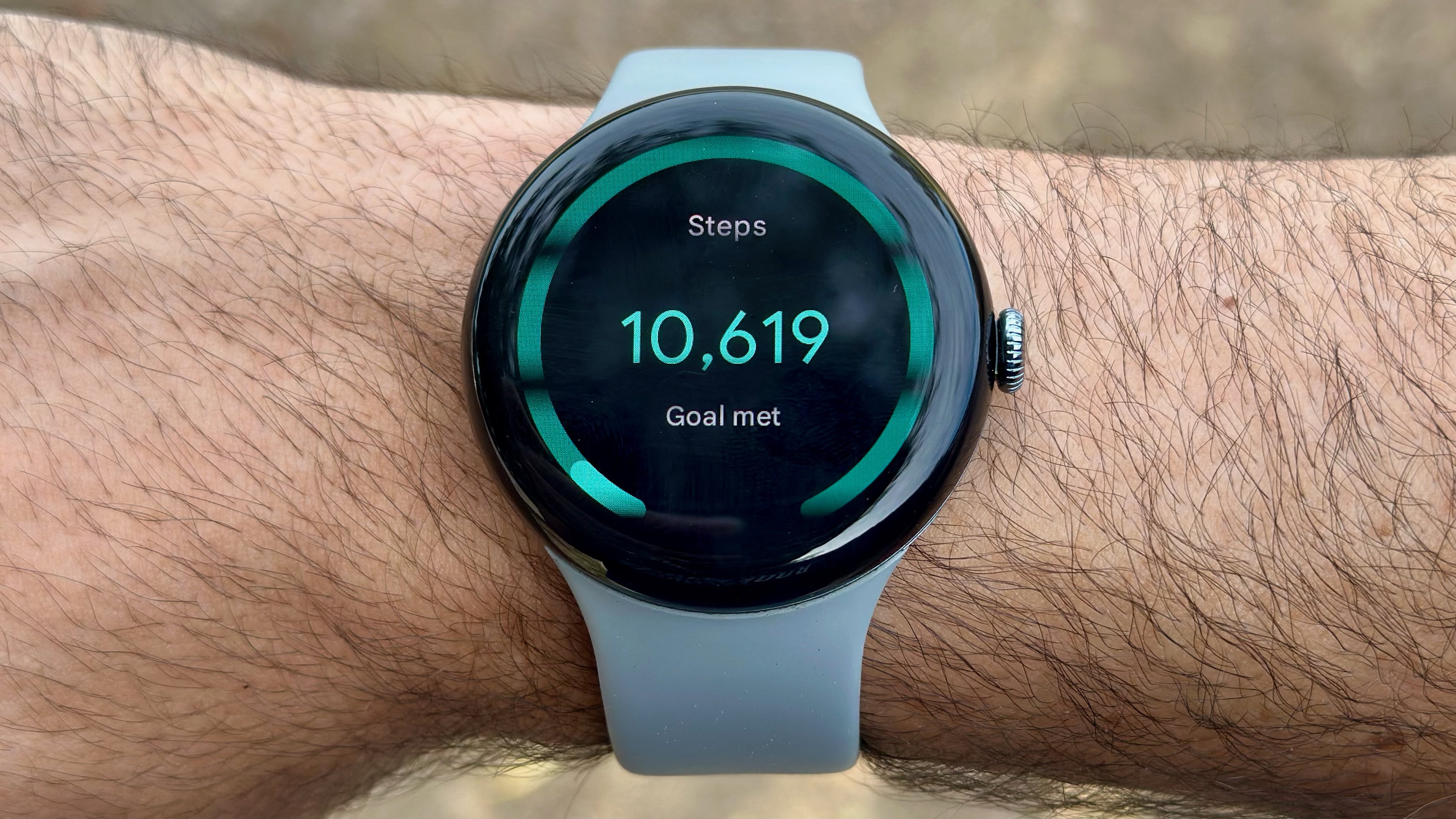News Weekly: Motorola Razr leaks, GPT-4 Omni, the latest TikTok drama, and more
This is a round-up of the biggest Google/Android-related news you may have missed this week.
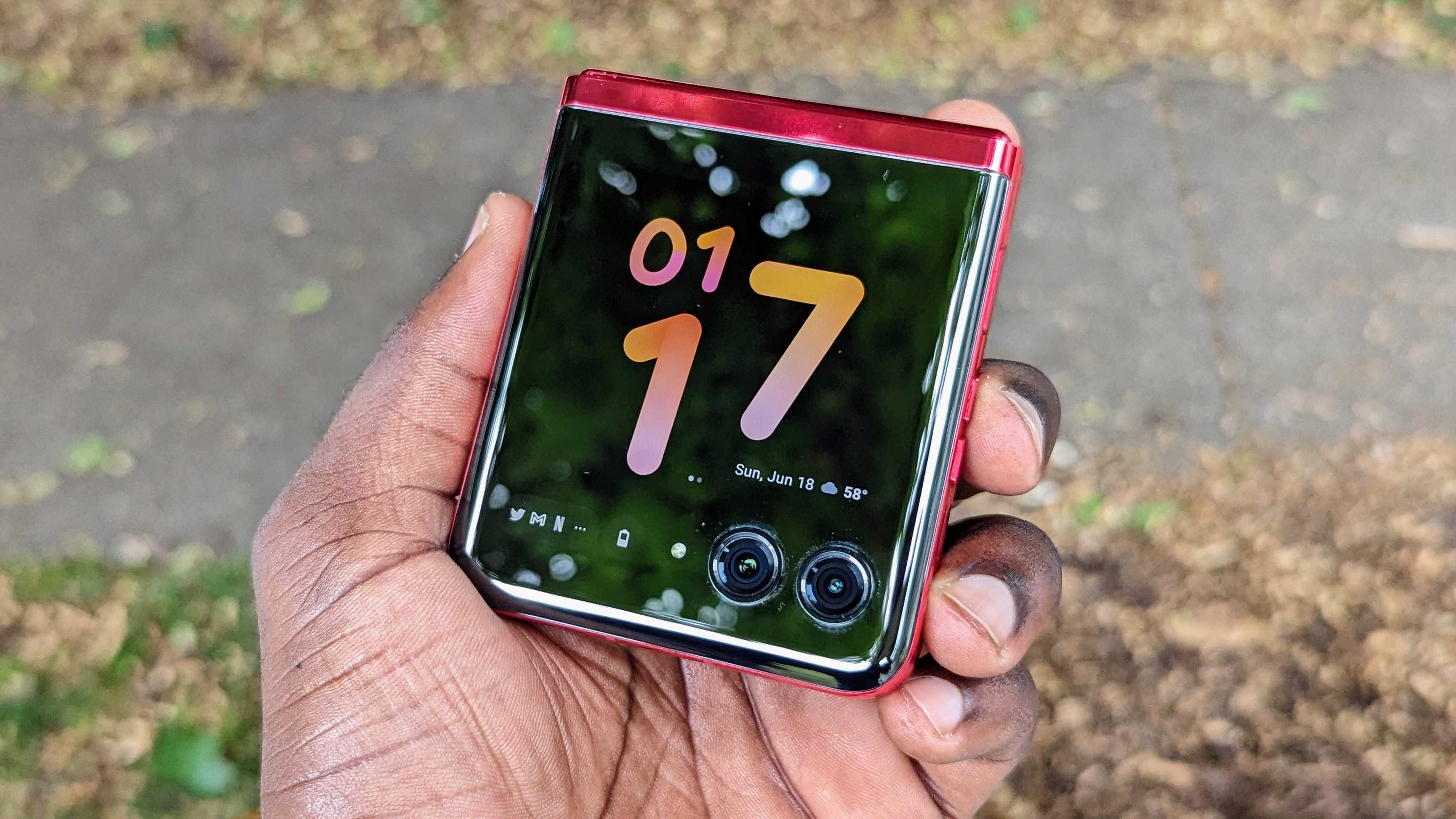

News Weekly is our column, where we highlight and summarize some of the week's top stories so you can catch up on the latest tech news.
This is Android Central's News Weekly, your go-to source for a concise roundup of the week's most significant tech stories. This is where we delve into the top headlines that provide the latest developments and innovations contributing to the digital landscape.
This week was all about Google I/O, as the company showed off several AI-packed products. While everyone was I/O-ed, here are some other stories that are worth catching up on—Motorola Razr's second leak in a week, Chat GPT-4o's debut, a Canadian intelligence director's warning against TikTok, Sony Xperia 1 VI is here, and Android and iOS unwanted tracking notifications roll out.
Motorola Razr specs leak, again
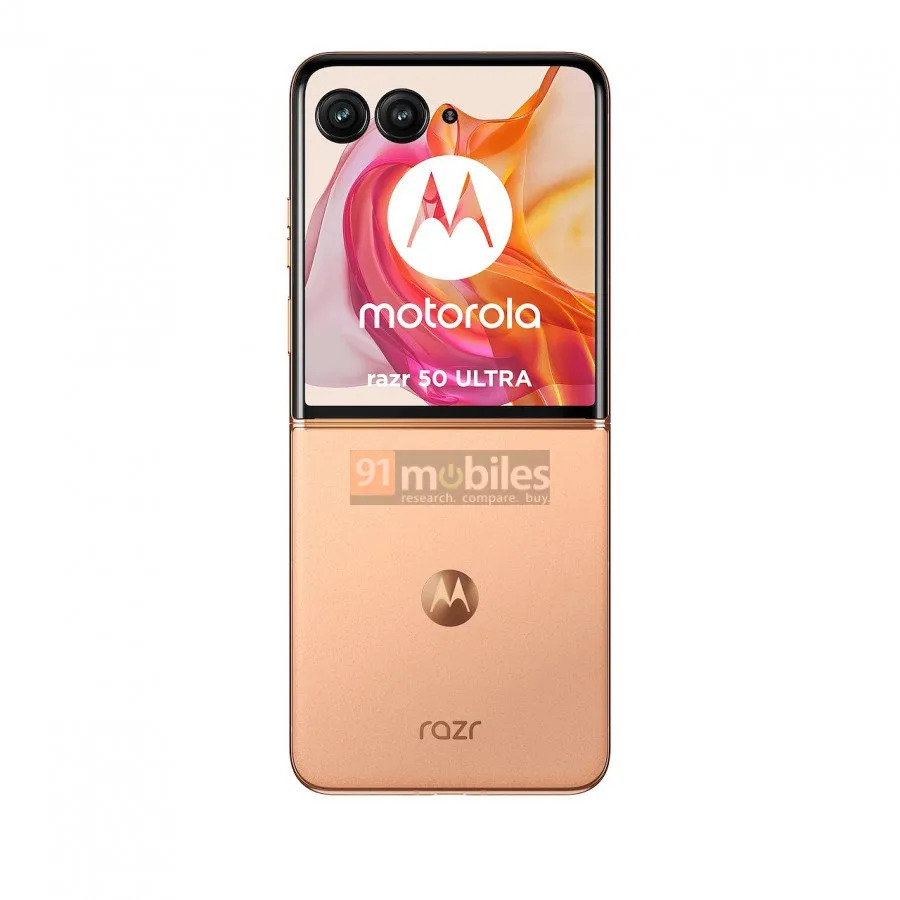
Read more here.
The Motorola Razr's specs have been leaked a couple of times now, but this new leak gives us a glimpse of what it might look like alongside information on a cheaper Razr model.
According to 91Mobiles, the flagship Razr 50 Ultra (likely marketed as the Razr Plus 2024 in the United States) will sport a larger 4-inch cover screen with a 165Hz refresh rate. Regarding design, renders show a similar design to the Razr 40 Ultra/Razr Plus, but the display is a bit larger, extending to cover nearly the entire front panel with a much smaller bezel. The leaked renders show that the dual cameras and flash unit remain unchanged, although the sensors pop out more. The hinge also looks smaller, but it's unclear if this is due to the image renders.
Other Razr 50 Ultra specs may include the Snapdragon 8s Gen 3, a 6.9-inch OLED with a 165Hz refresh rate, dual 50MP cameras, and 12GB of RAM. The publication points to 512GB of storage, although other reports say it could have 256GB. One image also shows a 45W charging adapter, as Motorola will reportedly increase the charging speed to top the 4,000mAh battery more quickly.
Rumors suggest that Razr 50 Ultra/Razr Plus 2024 could come in three colourways— green, blue, and Peach Fuzz, in a vegan leather finish on at least one of them.
Be an expert in 5 minutes
Get the latest news from Android Central, your trusted companion in the world of Android
Welcome to the world of GPT-4o
Say hello to GPT-4o, our new flagship model which can reason across audio, vision, and text in real time: https://t.co/MYHZB79UqNText and image input rolling out today in API and ChatGPT with voice and video in the coming weeks. pic.twitter.com/uuthKZyzYxMay 13, 2024
Read more here.
This week, OpenAI introduced its new flagship model, GPT-4o, which can reason across audio, vision, and text in real time. According to the company, the "o" in GPT-4o is "omni," referencing the model's multimodal interaction capabilities. Tests and demos of the GPT-4o model have impressed users and AI researchers.
The new model can answer questions about your surroundings with vision, talk to you with audio, and respond to text. Not just that, OpenAI says that the model can deliver responses to questions asked with a voice in a flash, 232 milliseconds to be exact. The average response time is 320 milliseconds, according to OpenAI.
While all this may seem magical, it could be bad news for the creators of dedicated AI hardware devices. All the features deemed exclusive to new hardware, like the Rabbit R1 and the Humane AI Pin, will eventually be available straight on your phone through ChatGPT. This means that instead of paying $200 for the Rabbit R1 or $700 for the Humane AI Pin (plus $24/month), you can get the same functionality for free on your phone with OpenAI.
Text and image input were rolled out in API and ChatGPT on Monday (May 13), and voice and video will follow in the coming weeks.
TikTok comes under fire in Canada
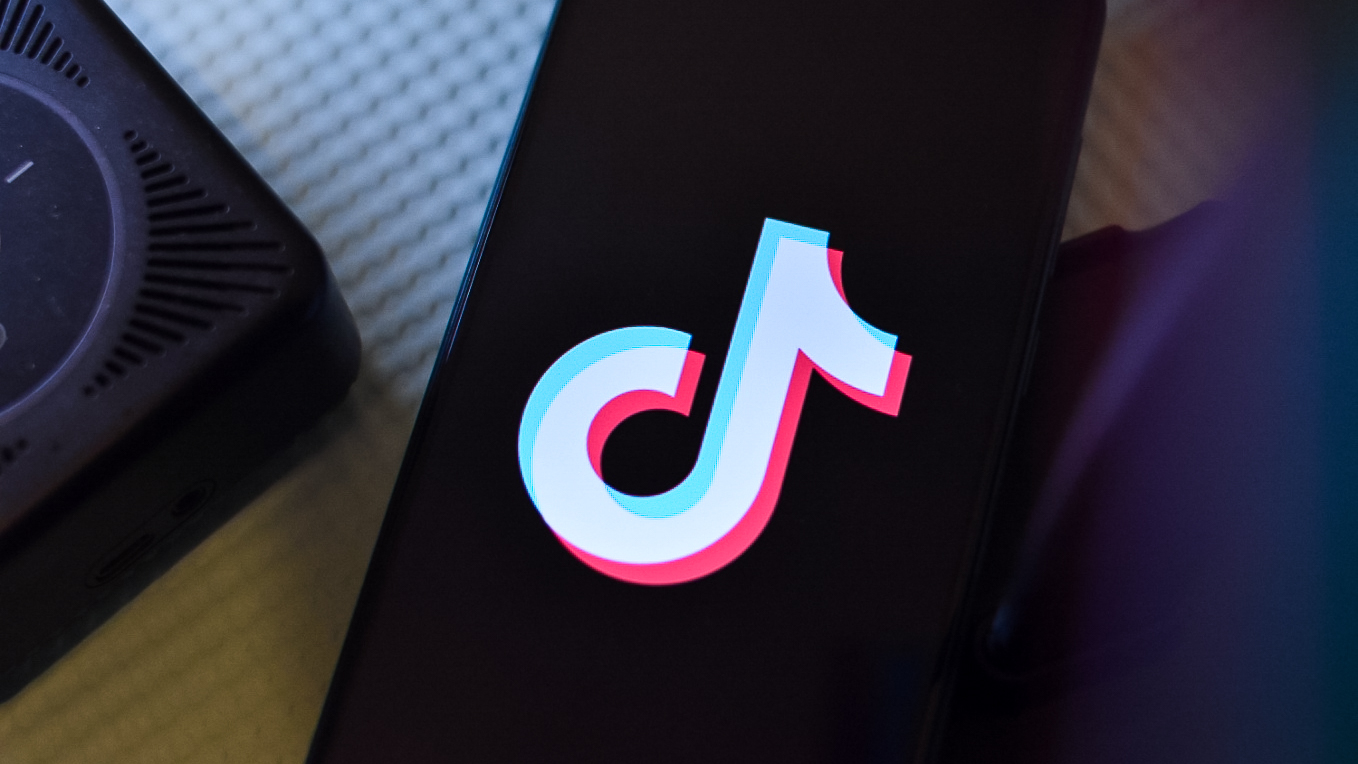
Read more here.
While TikTok's days are numbered in the U.S. due to its link with a China-owned company, ByteDance, a Canadian intelligence agency, has also given the app a stern warning.
According to an interview with CBC, CSIS director David Vigneault stated that "as an individual, I would say that I would absolutely not recommend someone have TikTok." Vigneault added that China has "a very clear" strategy to use TikTok to obtain data "from anyone around the world."
During Vigneault's appearance on The House, he stated that TikTok is "risky" for adults and teenagers in Canada. The reason is reportedly China's usage of "big data analytics" and computer farms for data processing and crunching. He adds that China could use user data captured in Canada and other places worldwide to create artificial intelligence.
In 2023, the Canadian government banned TikTok from all federal government devices, citing security reasons. The decision was backed by a review conducted by the Chief Information Officer, which found that TikTok's data collection methods could lead to cyber-attacks.
It remains to be seen if Canada will take a similar approach to the U.S. regarding this controversial app.
Google and Apple work together on unwanted tracking
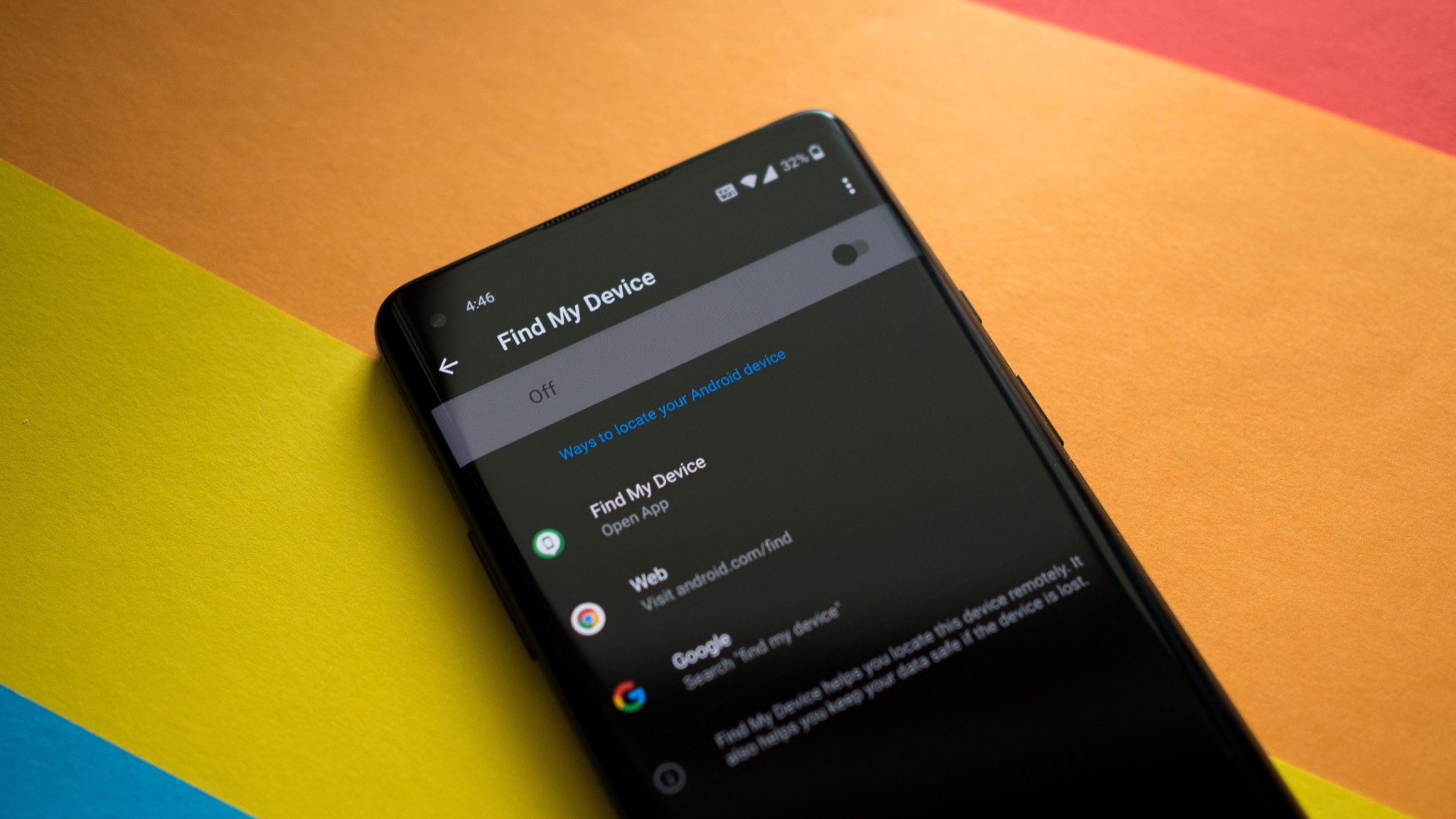
Read more here.
Apple and Google have partnered to deliver an industry-wide specification for detecting unwanted item trackers, and it's called "Detecting Unwanted Location Trackers." Which means, iOS and Android users will all receive unknown tracker alerts when conditions are met, regardless of which Bluetooth tracker or platform is used.
If either iOS or Android detects that a Bluetooth tracker is moving with a user, they will provide an "[Item] Found Moving With You" notification. The alerts are said to work with AirTags, Find My-compatible devices, and Bluetooth trackers compatible with Google's Find My Device network. Other brands, Chipolo, Eufy, Jio, Motorola, and Pebblebee, have all committed to supporting the Detecting Unwanted Location Trackers standard for future products.
When the notification appears, users can take a few steps. First, they can ignore the notification if they know about the tracker—like if they're traveling with a friend and iOS or Android detects their keys. Or, they can see the device's identifier, play a sound to help find it and take steps to disable it with instructions. These steps will vary based on the type of tracker.
Sony Xperia 1 VI debuts, but not in the U.S.
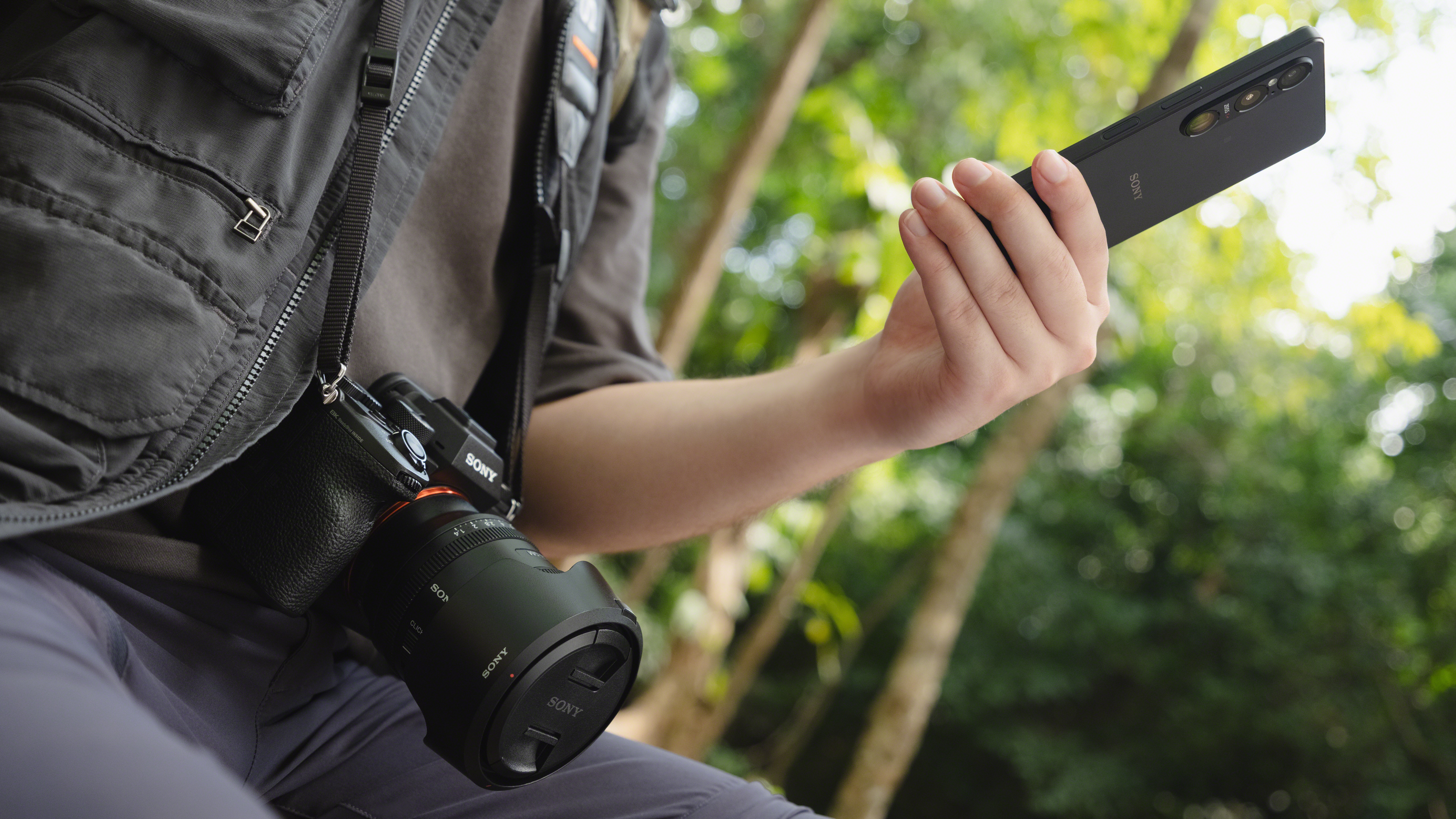
Read more here.
Sony launched its new flagship phone, Xperia 1 VI, earlier this week. The company is bringing in a "smarter" display with a 6.5-inch BRAVIA-powered screen that is reportedly 1.5 times brighter than its predecessor. Sony has also worked on "Sunlight Vision," which is designed to give users more screen visibility when outside.
Powering the device's capabilities is the Snapdragon 8 Gen 3 with Sony's in-house Exmor T sensor for the cameras. The company states that the flagship phone features a 52MP (48MP effective) primary lens, a 12MP telephoto lens, and a 12MP ultrawide lens.
The telephoto lens has up to x7.1 zoom with an 85mm to 170mm focal length alongside macro technology. The Xperia 1 VI also offers AF tracking with "human pose estimation." The feature reportedly "recognizes" a human frame (skeleton) to provide the Xperia 1 VI with "precise" tracking even through objects that could cover a person's body.
The device comes with Android 14 out of the box and a 5,000mAh battery. It will hit the market in June for £1,299 (roughly $1,646) and comes in black, Khaki Green, and Platinum Silver colorways. Unfortunately, it doesn't appear to be launching in the United States.
Along with the Xperia 1 VI, Sony also launched its mid-range Xperia10 VI, with a bigger battery and stereo speakers.
Those are some of the biggest stories from this week. Meanwhile, here are some other stories that are worth catching up on
- Apple isn't Samsung's biggest threat in the tablet market right now
- Gemini gains 3 new ways to help users stay productive across Workspace
- Google Photos is letting you chat with your pictures thanks to Gemini
- You'll soon be able to control Chromebooks with just your face
- Galaxy Z Flip 6 rumored to feature a less noticeable screen crease
- Google Maps gets redesigned bottom bar with a 'You' tab for your trips
- The Honor Magic 6 Pro and Magic V2 are joining the Android 15 beta program
- Wear OS 5 will bring major upgrades to battery life, fitness, and watch faces
- Google hid the future of AR in plain sight at I/O 2024
- Roon has transformed how I listen to music

Nandika Ravi is an Editor for Android Central. Based in Toronto, after rocking the news scene as a Multimedia Reporter and Editor at Rogers Sports and Media, she now brings her expertise into the Tech ecosystem. When not breaking tech news, you can catch her sipping coffee at cozy cafes, exploring new trails with her boxer dog, or leveling up in the gaming universe.
You must confirm your public display name before commenting
Please logout and then login again, you will then be prompted to enter your display name.
